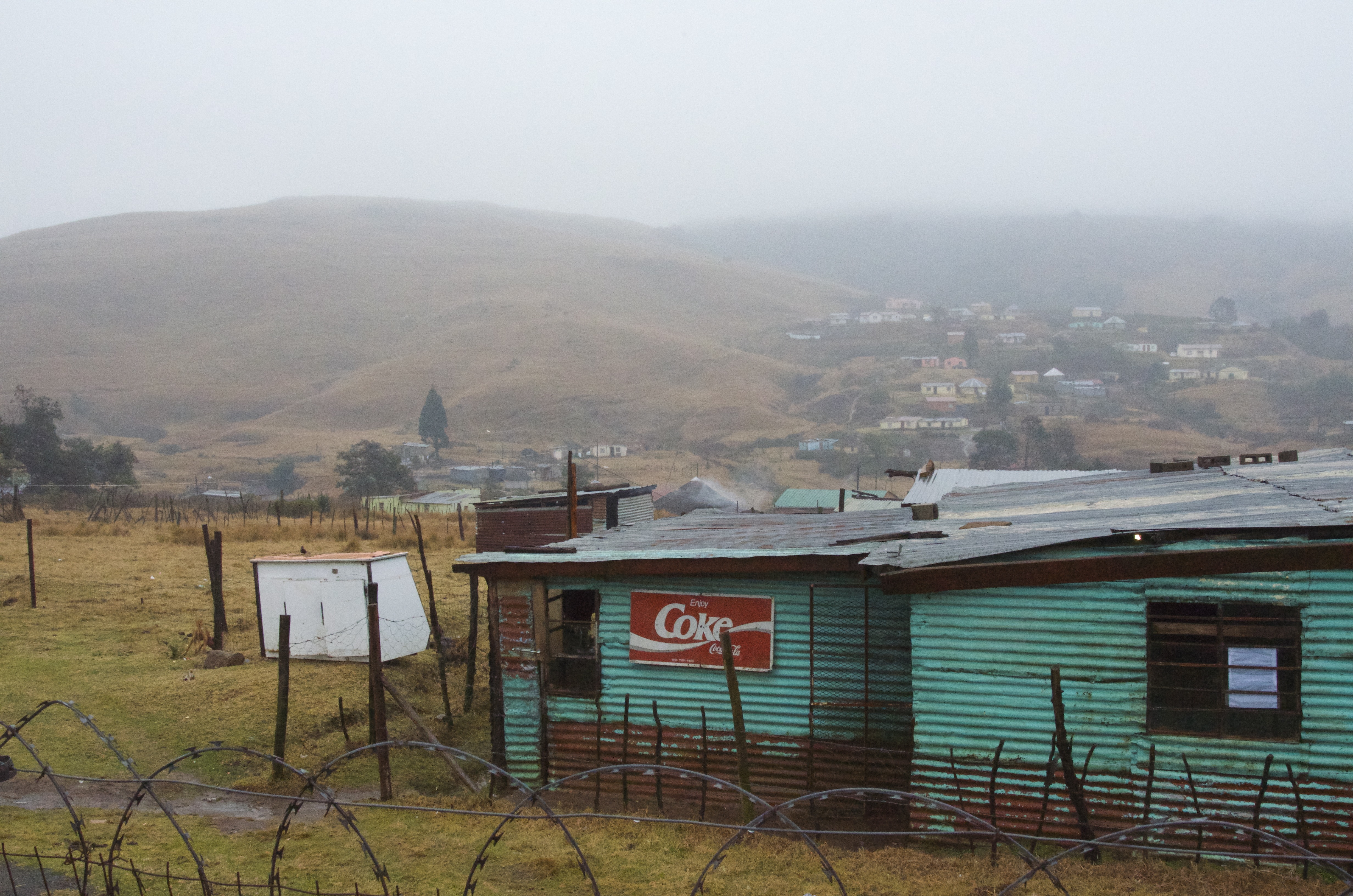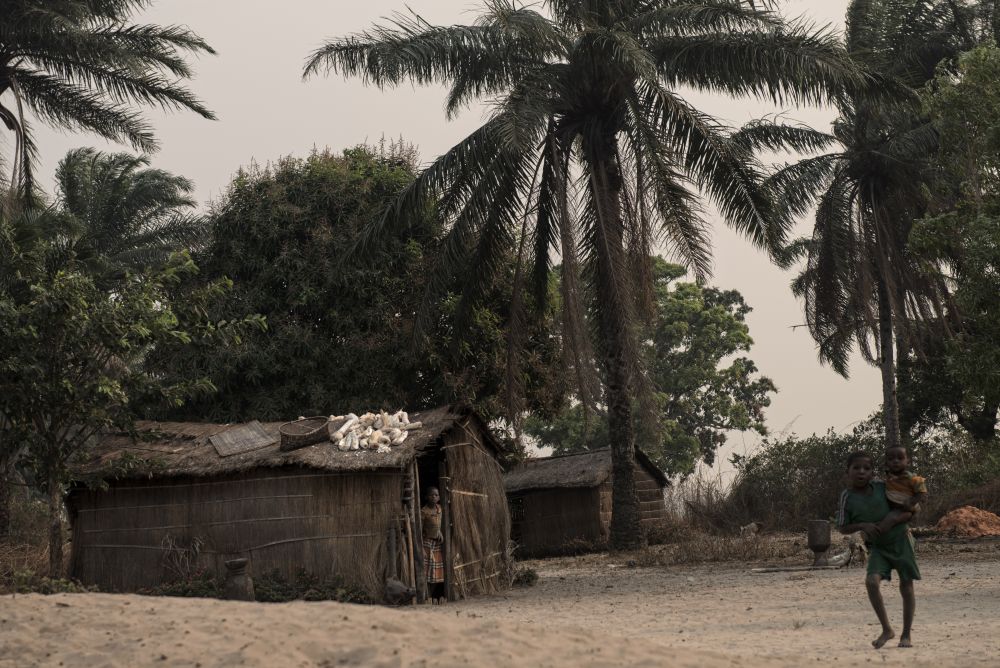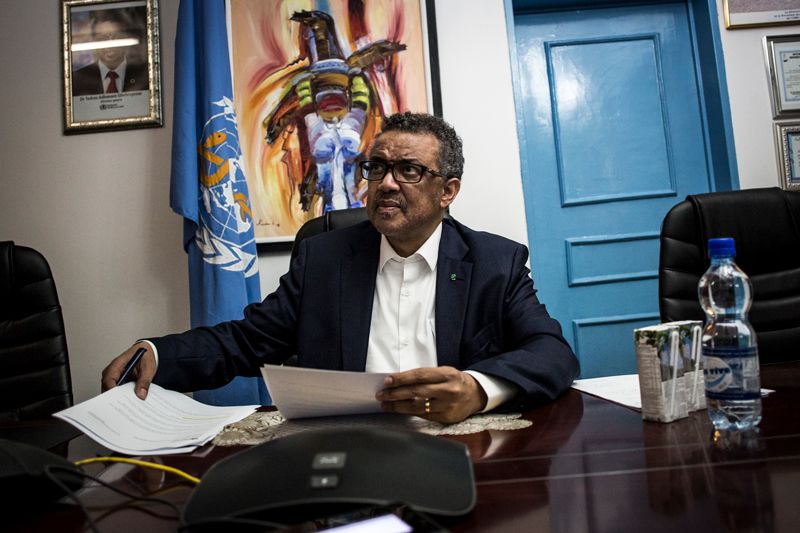
While researchers rush to find a safe, effective vaccine against COVID-19, policymakers try to test their constituents across geographic and economic lines. For the final Talks @ Pulitzer in our spring 2020 online Science and Health Series, journalist Amy Maxmen discussed her recent reporting on the coronavirus and relevant testing.
Currently a senior reporter at Nature, Maxmen has received Pulitzer Center support in the past to report on a range of public health issues including malaria, Ebola, and HIV. In her work, Maxmen explores the intersection of infectious diseases and the political, environmental, and social factors that inform the course of the infection.
The following is an edited transcript of the Question & Answer segment of the Talks @ Pulitzer, moderated by Ann Peters, the Center's university and community outreach director. Portions of this text have been revised for clarity and/or length.
Q: Do you think a particular U.S. state or locality is handling testing well?
A: It's a really tough question. I mean, people are doing well. I would keep looking at Seattle because they have a few things in their favor. They have very good infectious disease people, they have a very good public health specialist, and they've been working with the state and county health department[s] for a long time so they're really tightly integrated there. They're not doing much contact tracing as far as I know, so they're not strong on that aspect, but they are very strong as far as testing and trying to get ahead of it that way. It is very local; I know at Stanford, for example, they are screening health workers pretty regularly because they have in-house testing capability there. The tricky thing is, outbreaks are local. So you can have one part of a city doing really well and another part doing really poorly and people travel between those two places. So San Francisco could be great, but I'm always wondering, 'How's Oakland doing?' just across the bay. I talked to a scientist who's in Marin (which is a wealthy part of California), and he's got great testing capability there. He also works in Vallejo and there he has to wait days to get a test result, so it's quite patchy.
Q: Speaking of California, what do you think of its response to the virus?
A: I think California did really well in that they enacted their stay-at-home orders pretty rapidly and with a strong response. I've heard in my area (the Bay Area) that we've flattened the curve, and I've talked to ER doctors who say we're not getting the same flooding we might see in New York. Of course, it's way less dense than New York and people don't use public transportation hardly, so that's a big difference. But as far as testing and contact tracing, that's really not there right now.
Q: Could you elaborate on the different antibody tests and their effectiveness? Also, will antibody tests help open the U.S. economy?
A: We're in a phase right now where the main thing we need to know is: are you protected when you have this IGG [immunoglobulin G] response? Right now, we don't know if you're protected. There are a lot of researchers, though, that say it very well could be true, and they're counting on it. So they have put a lot of money into ramping up their ability to test for this. They're really hoping that's true. They could be wrong though. So they need to find out, and that's why they're doing those two studies. One: Testing people at high risk of getting covid—nurses and doctors—and then we're going to see if they are infected more often or less often. If we see that they don't get infected again, well now we know. [And two], those laboratory tests to see when you mix up blood from people with those antibodies from the virus with cells, does it stop infection? That's the other way to test for it. It's called neutralizing, so are they neutralizing antibodies.
The other question is, will [antibody tests] help us open the economy? Once we answer those questions, there's a very good chance they could be really effective. There's a few ways they could be effective. One: If people have these antibodies, you don't want to force anyone to go back to work or something like that, but you could say 'Listen, you're probably protected. If you want to go back to your job that's okay.' That's one idea. Then there's the early response like I was talking about, this first wave of antibodies. That could also be useful, one could imagine, if there's essential workers. In as much as saying if we're not able to do PCR—this test for the virus—what if you could periodically screen everyone? Say there's a construction crew that all works together: What if you screened them every week or something, at least to get a sense that some people might have an acute infection and therefore they shouldn't come to work. They should quarantined. Of course, they should be quarantined, not fired from their job. That would be another way that it could be useful. As we open the economy you do want to have some more data on who's infected or who's protected.
Q: Why do you think certain countries took so long to accept the risk?
A: It's not that they didn't have concerns—they didn't have resources. The World Bank collects data on the number of nurses per 10,000 or 100,000 people and a lot of these countries are very low there. They have a low number of health workers to serve the population and they have very low lab capacity. So the problems in the U.S. aren't what I was expecting—we have tons of lab capacity and we have electricity everywhere. Peru is a middle income country, yet their lab capacity to test for this is really concentrated in the capital and it's not outside in the rural areas. It's not that they didn't expect this—they actually have always been worried about this, so it's a great question. When I went to the DRC I went with the Director General of the WHO and the thing he kept saying is that he's really hoping to bring up the health capacity in all of these countries because this is a standing risk and these countries know that. They're really tired of it taking an emergency for everyone to say 'Oh look, they have nothing.' We need to bring this all up, it's a huge risk for the entire world. That gets back to a longstanding need to improve health care.
Q: Could you talk about how you utilize Twitter in your reporting?
A: I would say it's definitely changed. For some of the other diseases that I've reported on, there's not as many people on Twitter. So what's different about this outbreak is scientists are right up there on Twitter. The [article] I wrote about how all of those scientists were infected in a group, I saw that he was infected on Twitter. It's a weird world right now and a lot of scientists are putting out what they're doing and they've been really open to putting out their results on Twitter. So [Twitter] is a bit maddening and I don't think you want to waste—I mean put too much time into Twitter—so that's the downside. But the upside is that it is a neat thing to learn things in real time. So with Trevor Bedford with Next Strain, that's a really interesting account to follow because he happens to do a great job of explaining the science. One of their most recent ones is they looked at New York virus sequences, and they realized a lot of the initial cases were coming from Europe. So we can see that people traveling from Europe brought a lot of cases into New York. That's all on Twitter. What do I do? I try and follow the right people, and when I find something the key is to then get off of Twitter and see if they've published something, see if other people have written about it yet, and then maybe I can reach out to them and talk to them about it. Of course, they're all super busy so my conversations often end up being at night or on the weekends or things that. And of course I put my own work on Twitter because that's the way the world works now. This is how people see it is through social media.

Young women are at particularly high risk for HIV in parts of sub-Saharan Africa, where about 5,000...

Konzo, a disease associated with irreversible paralysis is caused by improperly processed or hastily...













